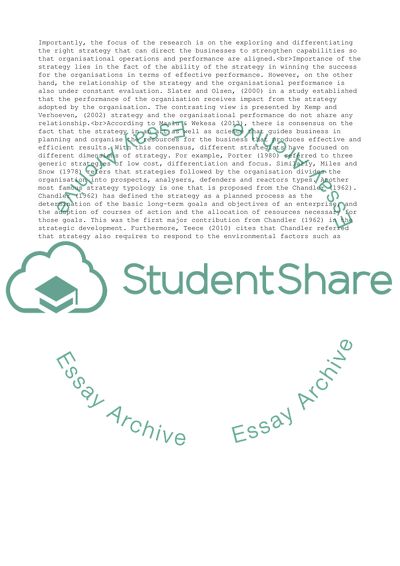Cite this document
(With reference to academic literature on the development of the field Coursework, n.d.)
With reference to academic literature on the development of the field Coursework. https://studentshare.org/business/1817271-with-reference-to-academic-literature-on-the-development-of-the-field-of-strategy-illustrated-with-brief-organisational-examples-critically-evaluate-the-extent-to-which-this-definition-remains-appropriate-today
With reference to academic literature on the development of the field Coursework. https://studentshare.org/business/1817271-with-reference-to-academic-literature-on-the-development-of-the-field-of-strategy-illustrated-with-brief-organisational-examples-critically-evaluate-the-extent-to-which-this-definition-remains-appropriate-today
(With Reference to Academic Literature on the Development of the Field Coursework)
With Reference to Academic Literature on the Development of the Field Coursework. https://studentshare.org/business/1817271-with-reference-to-academic-literature-on-the-development-of-the-field-of-strategy-illustrated-with-brief-organisational-examples-critically-evaluate-the-extent-to-which-this-definition-remains-appropriate-today.
With Reference to Academic Literature on the Development of the Field Coursework. https://studentshare.org/business/1817271-with-reference-to-academic-literature-on-the-development-of-the-field-of-strategy-illustrated-with-brief-organisational-examples-critically-evaluate-the-extent-to-which-this-definition-remains-appropriate-today.
“With Reference to Academic Literature on the Development of the Field Coursework”. https://studentshare.org/business/1817271-with-reference-to-academic-literature-on-the-development-of-the-field-of-strategy-illustrated-with-brief-organisational-examples-critically-evaluate-the-extent-to-which-this-definition-remains-appropriate-today.


